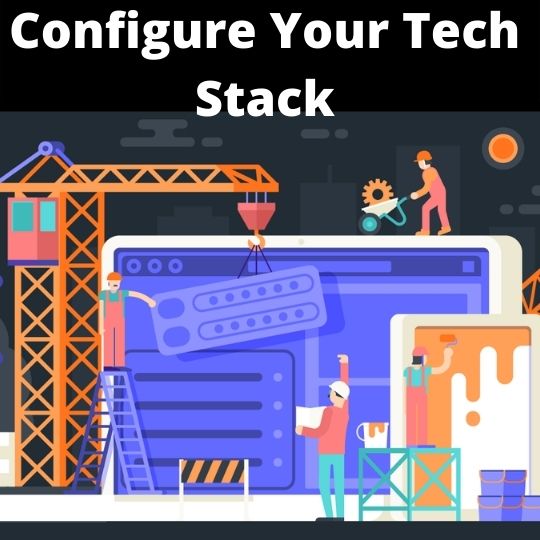There’s several key steps to build smart connected devices for powerful Internet of Things platforms.
The number of embedded, IoT-enabled devices is rising at an alarming pace.
While some engineers have been designing internet-connected devices for years, others are starting to just get involved in the industry.
After all, the industry offers an enormous amount of potential for savvy software engineers, just like yourself.
Of course, adding IoT connectivity is a highly-technical, fairly complicated programming process.
That’s why you’ll need to be well-versed in the proper steps, protocols, methodologies, and practices in order to be successful.
To get started now, read on to learn how to build smart connected devices for an IoT platform.
Create A “Big Picture” Strategy
Before you can start building your smart connected devices, you’ll need to come up with a scalable “big picture” strategy.
Sit down and take time to draw a sophisticated development project roadmap.
Nail down some of your core features, go over deployment logistics, and review any operational contingencies.
Be sure to involve all involved parties in this initial discussion.
This includes your lead developers, quality assurance (QA) architects, designers, and even your effective SEO team.
Participating in this formal strategy conversation, you’ll be able to enter the IoT app development process confidently, with peace of mind.
Surely, create a big picture strategy to kickstart the connected device development process.
Choose A Problem
After formulating an effective strategy, choose a popular problem to solve with your connected IoT device.
Developers engineer devices to serve a variety of distinct purposes.
Some of the most popular include preventative maintenance, fleet management, and asset tracking.
You may also want to implement a solution that supports compliance reporting.
This generally involves virtually monitoring sensitive assets to lower costs and streamline regulatory governance.
Or, you can design, develop, and deploy a device for environmental monitoring.
Oftentimes, this will be sued for commercial agritech, farming, or municipal water monitoring.
Indeed, problem selection is crucial to build smart connected devices for IoT networks.
Configure Your Tech Stack
Now, you are ready to start configuring your tech stack for smart connected device development.

Since the programming process is fairly complex, there’s several essential tools, resources, and technologies that you’ll want to use.
For example, you can use an all-in-one iot device management platform by JFrog to close the gap between connected and offline devices.
This powerful, centralized solution provides you with everything you need to connect, manage, upgrade, and scale your IoT network.
You’ll have seamless access built-in security capabilities, monitoring functionality, and OTA updates.
Certainly, tech stack configuration is critical to build your own smart connected devices for IoT networks.
Construct A Prototype
At this point, it is time to construct a prototype for your connected, IoT-enabled device.
Start off with a rough visual representation of your idea. Manifest your design ideas down on a piece of paper.
Or, you can use an advanced online design and prototype creation tool. Here, you can create a simulated, 3D replica of your IoT product.
Afterwards, build a physical device using 3D printing or CNC prototyping methods.
In terms of 3D printing, it is a great option to support low costs, mass production, and ornamental customizations.
CNC prototyping, on the other hand, is a great approach for highly-functional, top-quality products.
Absolutely, prototype construction is key to build smart connected devices for IoT applications.
Conduct Device Testing
Before your new device is publicly released, you’ll need to conduct sufficient testing.
Testing IoT products and smart devices is a critical phase of the overall development process.
Start off by running some customer journey tests. These procedures evaluate application performance both off and online.
Experienced QA testers will go through all the steps and actions that end-users would usually take on your site.
You’ll also want to run some exploratory bug tests. These assess your device’s performance under real-world conditions.
Definitely, conducting testing is key to build smart devices for IoT platforms.
There’s several critical steps to build smart connected devices for IoT platforms.
First off, create an effective, scalable big picture strategy. Then, choose a problem to solve with your new smart connected device.
Afterwards, configure your tech stack with the latest tools, resources, and technologies.
Now, you are ready to construct a prototype based on your requirements and specifications.
At this point, it is time to start constructing your prototype.
Once you’ve done so, you can start running some structured device tests.
Follow the points highlighted above to learn how to build smart connected devices for an IoT platform.




